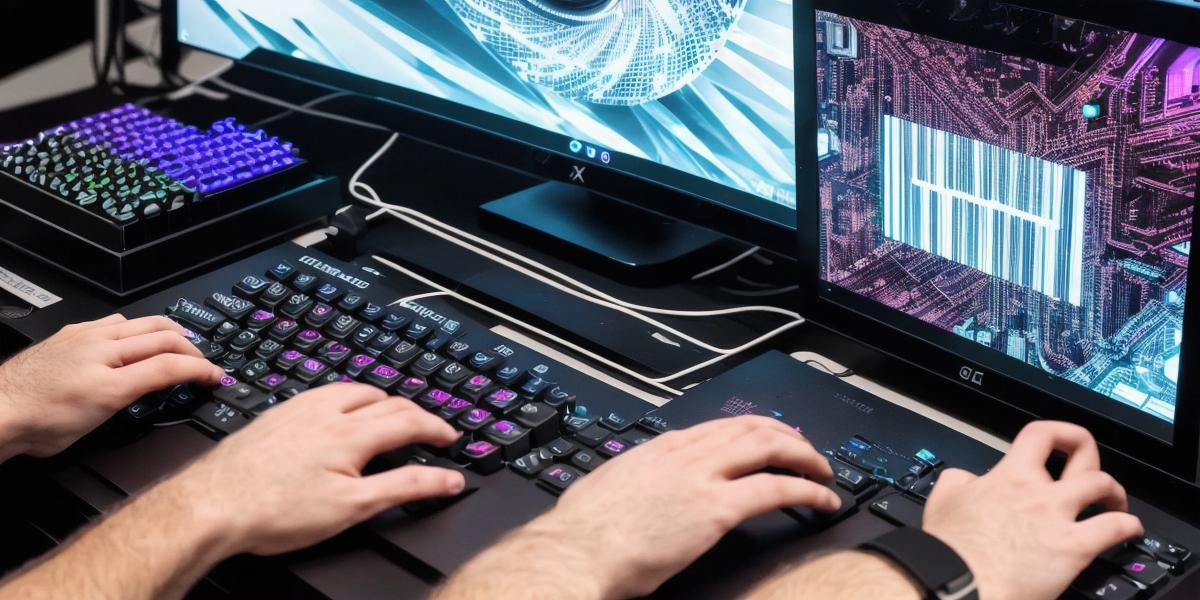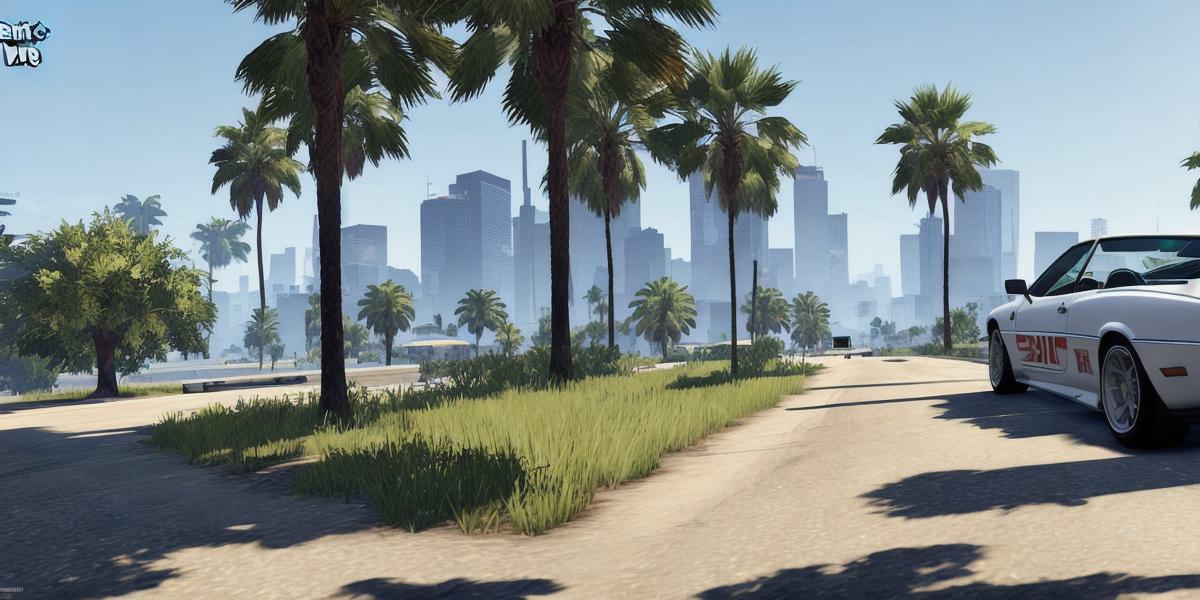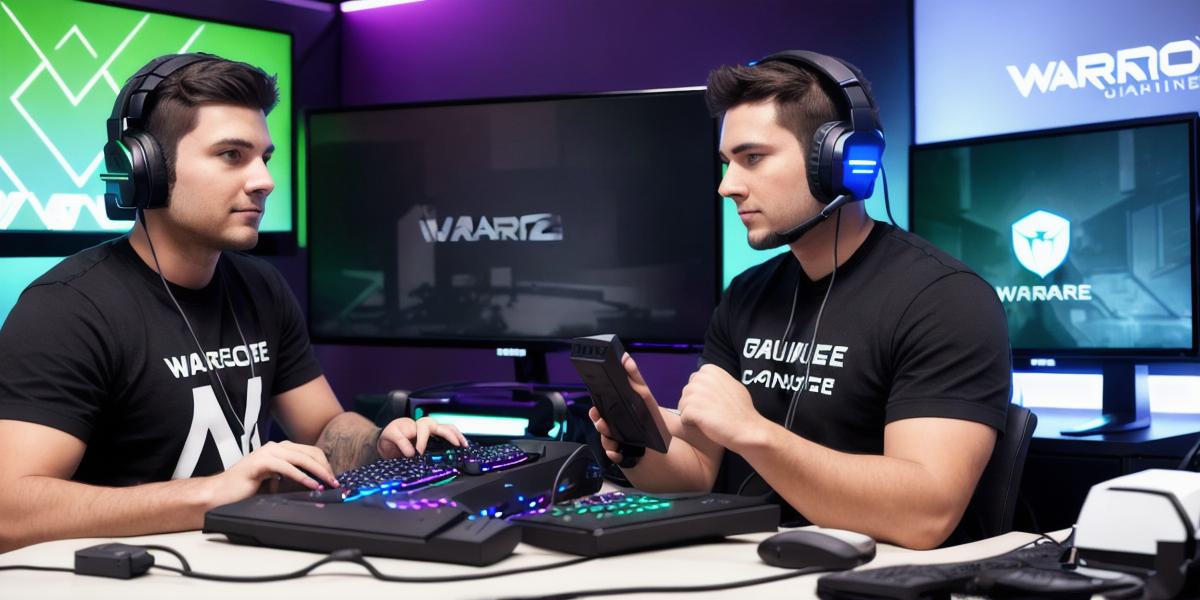As a gamer, you know how important it is to have a powerful graphics card (GPU) to ensure smooth gameplay. However, even with a top-of-the-line GPU, your performance can still suffer if it’s not running at its best. In this article, we’ll take you through the steps to check your GPU and optimize its performance for an improved gaming experience.
**Step 1: Check Your GPU Temperature**
Your GPU generates a lot of heat while it’s running, so it’s important to make sure it’s not overheating. You can do this by opening up your computer and checking the temperature of your GPU using a thermal compound paste. If the temperature is too high, you may need to clean or replace the paste.
**Step 2: Update Your GPU Drivers**
Outdated GPU drivers can cause issues with performance. It’s important to keep your drivers up-to-date by visiting the manufacturer’s website and downloading the latest version. Make sure you uninstall the old driver before installing the new one.
**Step 3: Overclock Your GPU**
Overclocking your GPU can improve its performance by increasing its clock speed. However, it’s important to do this carefully and not overdo it, as it can cause damage to your GPU. You can use a program like MSI Afterburner to overclock your GPU and monitor its performance.
**Step 4: Optimize Your Settings**
You can also improve your GPU performance by optimizing your settings. This includes adjusting the resolution and graphics quality in your games, as well as disabling unnecessary features like anti-aliasing. You can also try lowering the frame rate to reduce the load on your GPU.
**Step 5: Monitor Your GPU Usage**
It’s important to monitor your GPU usage to ensure it’s not being overworked. You can use a program like MSI Afterburner or HWMonitor to keep an eye on your GPU temperature and usage. This will help you identify any potential issues and make adjustments as needed.
FAQs:
Q: Can I overclock my GPU too high?
A: Yes, overclocking your GPU too high can cause damage to it and reduce its lifespan. It’s important to do this carefully and monitor your GPU usage regularly.
Q: Do I need a new GPU if my current one is running slow?
A: Not necessarily. You may be able to improve performance by optimizing your settings or updating your drivers. However, if your GPU is significantly older than other components in your system, it may be time to upgrade.
Q: How do I know if my GPU is overheating?
A: You can check your GPU temperature using a program like MSI Afterburner or HWMonitor. If the temperature is consistently high, you may need to clean or replace the thermal compound paste.
In conclusion, checking and optimizing your GPU can significantly improve your gaming experience. By following these simple steps, you can ensure that your GPU is running at its best and delivering smooth gameplay.



